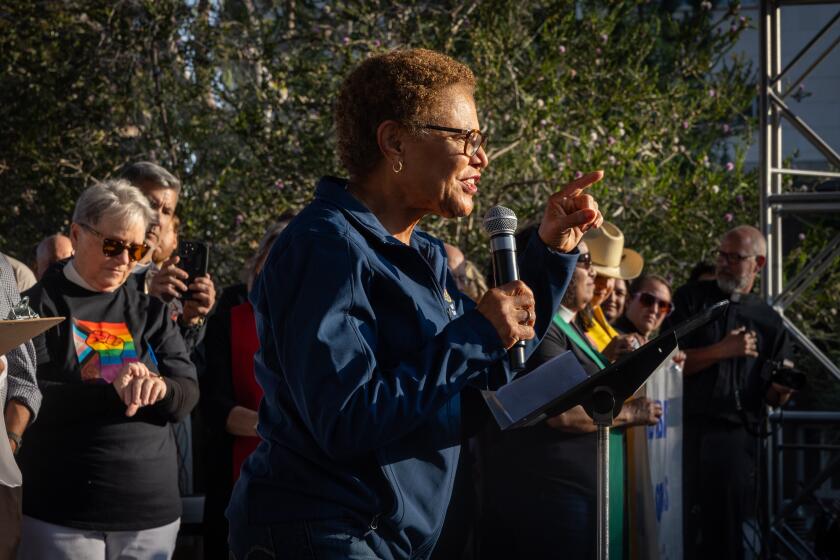California’s housing crisis has been a hot topic for years, and it’s no surprise. With soaring home prices, a shortage of affordable housing, and millions of residents struggling to find suitable living arrangements, the Golden State has faced growing pressure to act.

Now, with Governor Gavin Newsom’s new reform set to reshape the housing landscape, many are wondering how this change will impact them personally. In this article, we’ll break down the latest housing reforms, why they’re happening, and what it means for Californians like you.
California Housing Crisis
| Takeaway | Stat/Insight |
|---|---|
| The new housing reform aims to ease zoning restrictions | California’s housing deficit is 3.5 million units. |
| 40% of California residents can’t afford a home | Median home prices in California have exceeded $800,000 in some areas. |
| Newsom’s reforms aim to build 2.5 million new homes | Newsom’s reforms push for denser housing developments and relaxed zoning laws. |
Governor Gavin Newsom’s housing reform package is undoubtedly a bold move to tackle California’s housing crisis. By focusing on zoning laws, affordable housing incentives, and homelessness, the state is taking a multi-faceted approach to a problem that’s been years in the making.
While there are significant challenges ahead, especially with the resistance from local governments and the time it will take for the benefits to become clear, there is hope that these reforms could finally provide the relief Californians have been waiting for. The housing market in California is changing, but whether it will be enough to truly ease the crisis remains to be seen.
The Housing Crisis: The Backdrop to Reform
Before diving into Newsom’s specific reform, it’s important to understand the severity of California’s housing crisis. The state has one of the most expensive housing markets in the country, with prices consistently outpacing incomes. According to a recent study, nearly 40% of Californians are unable to afford a home, and for renters, things aren’t much better. The median price for a single-family home in California has hit over $800,000, leaving many struggling to stay afloat.
This crisis has created a ripple effect throughout the state. Young adults and families are being pushed out of cities like San Francisco, Los Angeles, and San Diego, often moving to more affordable (but distant) areas. Homelessness has also risen, with California accounting for nearly half of the nation’s homeless population. While these challenges are complex, Newsom’s housing reform attempts to address several key issues all at once.
What Is Newsom’s Housing Reform?
Governor Gavin Newsom’s housing reform package, announced in early 2024, includes a mix of new laws aimed at addressing the state’s housing shortage. The central components of the reform focus on streamlining housing development, reducing zoning restrictions, and providing incentives for developers to build affordable units. Here’s what you can expect:
- Relaxing Zoning Laws
One of the most significant changes is the relaxation of zoning laws. Newsom is pushing to ease restrictions on land use, allowing more areas to accommodate multi-family housing units instead of single-family homes. This is designed to promote density and reduce the barriers that have long limited the construction of affordable housing. - Incentives for Affordable Housing Developers
The new reforms also aim to encourage developers to build more affordable housing by offering financial incentives. This includes tax breaks and other benefits for developers who commit to constructing units designated as affordable for low- and middle-income residents. The hope is to increase the availability of housing in places where costs have historically been prohibitively high. - Streamlining the Approval Process
Newsom’s reforms are aimed at speeding up the often lengthy and bureaucratic approval process for new housing projects. Developers frequently face a long road to get the green light for new builds, which delays the construction of much-needed homes. By fast-tracking approval, Newsom hopes to cut down on delays and get housing units up and running faster. - Targeting Homelessness
In addition to focusing on the housing market for those looking to buy or rent, Newsom’s reform package includes provisions to address homelessness directly. This involves building more shelters, increasing outreach efforts, and creating permanent supportive housing options for homeless individuals.
What Does This Mean for Homebuyers?
For those looking to buy a home in California, Newsom’s housing reform could have mixed results. On one hand, the increase in the supply of homes could help bring down home prices, making it easier for first-time buyers and middle-class families to find affordable options. The relaxation of zoning laws could also make it easier for more homes to be built in high-demand areas, potentially improving availability.
However, some experts warn that the benefits may take time. The reforms are unlikely to immediately impact home prices in the short term. As of now, California still has a significant housing deficit, and while the new measures will gradually ease that, they won’t instantly solve the issue. Additionally, competition for desirable areas in cities like Los Angeles and San Francisco may continue to drive prices up.

What Does This Mean for Renters?
Renters in California may feel the effects of the housing reform sooner than homebuyers. The influx of new housing development, especially multi-family units, could increase the rental supply in major urban areas. This is especially important in cities where rent prices have skyrocketed in recent years. By boosting the supply of affordable rental units, Newsom’s reform could offer relief to renters who have long faced steep prices and long waiting lists for affordable housing.
Homelessness and Social Impact
One of the more critical aspects of Newsom’s reform is its focus on reducing homelessness. With the state housing more than 150,000 homeless individuals, this reform package is aiming to shift the needle. By streamlining the construction of shelters and supportive housing, as well as providing more direct assistance to those in need, the reform could lead to significant improvements in tackling homelessness.
Cities like Los Angeles have already begun to see a decrease in homelessness in specific areas due to similar efforts. However, this is an issue that requires sustained commitment, and only time will tell if these efforts will truly reduce the number of individuals living on the streets.
Challenges Ahead
While Newsom’s reforms offer hope, the road to fixing California’s housing crisis is a long one. Critics of the reforms argue that the measures don’t go far enough and might not make enough of a dent in the housing shortage. Some even worry that relaxing zoning laws could negatively impact neighborhoods by allowing for too much development in areas that were previously residential.
Additionally, there are concerns about how local governments will handle the changes. While the state can push for reform, it’s up to individual cities and counties to implement the new laws, and not every local government is eager to adopt them. Resistance at the local level could slow down the entire process.
What You Can Do as a Californian
Whether you’re a renter, homeowner, or someone looking to get into the market, there are a few things you can do as Newsom’s reforms start to unfold:
- Stay Informed – Local news outlets and housing boards will be crucial resources for keeping track of how these reforms play out in your community.
- Get Involved – As changes are made, there may be opportunities to engage in public hearings, town halls, or advocacy efforts aimed at shaping how housing is developed in your area.
- Prepare for Potential Changes in Your Area – If you’re a homeowner, the rise in multi-family housing could bring changes to your neighborhood. Stay aware of zoning changes and development plans near you.






